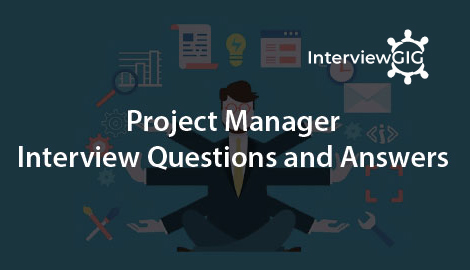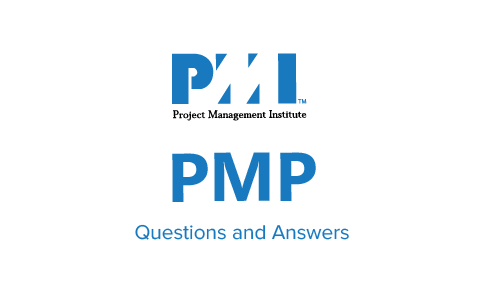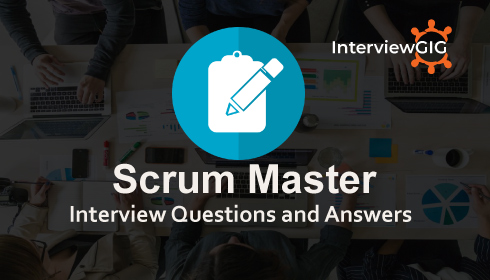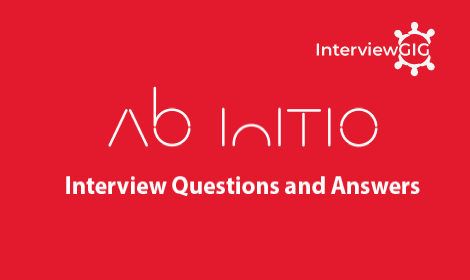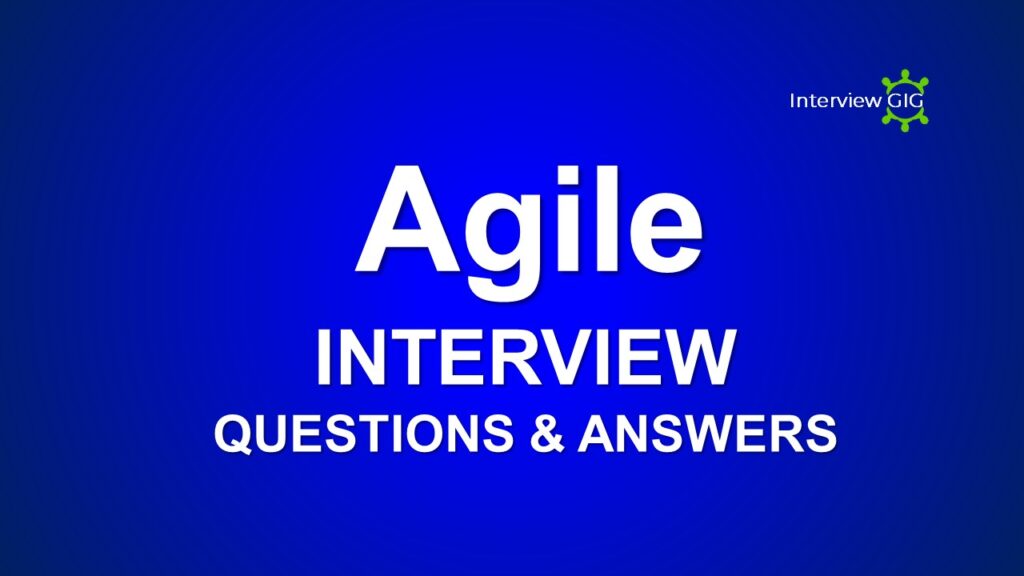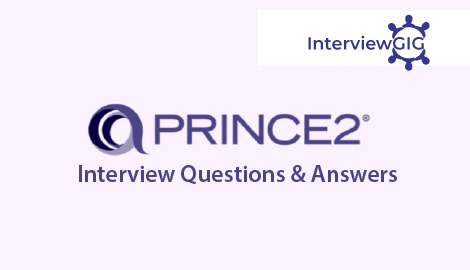What is Appian?
Appian is the BPM expert. Appian margin the market in flexible, delivering comprehensive, BPM innovation and easy-to-use solutions made to measure the needs of governments worldwide and businesses. The Appian Enterprise BPM Suite is a 100 % Web-based solution, real-time analytics, and including integrated knowledge.
Appian explains process collaboration between IT and business, allowing all customers to be part of the process of concluding corporate goals. Appian everywhere, the early and only complete BPM Suite usable on-demand, functionality, and distribute all the power of Appian Enterprise along (SaaS) Software-as-a-Service model.
What is Activity in Appian?
Processes can be sub-divided into smaller and smaller units or sub-processes. We define activity as the smallest sub-process that a given business process team decides to illustrate on their process diagrams. (We could reverse that and say that a process is made up of one or more activities.)
Activities can consist of a single step, like approving a purchase request or placing a cap on a bottle passing on a production line. Other activities involve multiple steps, like filling out a form, or assembling a chair.
There is no consistency about how the various methodologies use terms like task and step, but, increasingly, the term activity is reserved for the smallest unit of analysis. A given activity could be performed by one or more employees, by a software system, or by some combination.
In the UML notation, both processes and activities are represented by rectangles with rounded corners. (See Business Process Hierarchy.) We sometimes indicate if activities are manual (normal line around rectangle), systems (bold line around rectangle) or mixed activities that involve both manual activities an systems (dashed line around activity rectangle).
What is Activity Cost Worksheet in Appian?
A grid or matrix that one can use to analyze the various costs of a set of activities. Activities are listed on the vertical axis and data about outputs, costs, times and problems are described for each activity.
What are Administrative Workflow Systems in Appian?
Workflow systems that keep track of what individuals are doing and assign new tasks according to some set of rules. Compare with Ad Hoc and Transaction or Production Workflow Systems.
What are Ad Hoc Workflow Systems in Appian?
Workflow systems that wait on users to indicate what should happen next. An insurance system might pull up documents for an underwriter only on request. Compare with Administrative and Transaction or Production Workflow Systems.
What do you understand by BPM?
Business process management (BPM) is a field in operations management that focuses on improving corporate performance by managing and optimizing a company’s business processes. It can therefore be described as a “process optimization process.”
What is Business Process Improvement (BPI)?
Business process improvement (BPI) focuses on incrementally improving existing processes. There are many approaches, including the currently popular Six Sigma approach. BPI is usually narrowly focused and repeated over and over again during the life of each process.
What is BPM Software?
Technology that automates, executes, and monitors business processes from beginning to end by connecting people to people, applications to applications, and people to applications.
What do you understand by Association?
An Association is used to show relationships between data, text and other Artifacts and flow objects in a process. An association is represented by a dotted line with a lined arrowhead in a Business Process Model.
What do you understand by Business Process Diagram(BPD)?
A Business Process Diagram is a simple diagram made up of a set of graphical elements that depicts a business process. There are four primary elements of BPD: flow objects, connecting objects, swimlanes, and atifacts.
What do you understand by Business Process Model?
BPMN defines a Business Process Model as a network of graphical objects, which are activities, and the flow controls that define their order of performance.
What do you understand by Business Process Modeling Notation?
Business Process Modeling Notation was developed by the Business Process Management Institute to provide a process modeling notation that is understood by all process modelers, users, analysts, etc.
What do you understand by connecting Objects?
Flow Objects are connected together using connecting Objects. There are three types of Connecting Objects: Sequence flow, Message Flow, and Association.
What do you understand by Activities in BPM terms?
An activity is any work that is being performed in a process. An activity is represented by a rounded-corner rectangle in a Business Process Model. There are two types of activities tasks and sub-processes.
What do you understand by Annotations?
Annotations can be used to add textual comments within a process diagram.
What do you understand by Artifacts?
Artifacts allow process designers to extend the basic BPMN notation to include additional information about the process in the process diagram. There are three types of artifacts: data object, group, and annotation.
What do you understand by Data Object?
Data Objects are used to show data is required or produced by activities in a process. Data Objects are represented by a picture of a piece of paper folded at the corner in a Business Process Model.
What do you understand by Events?
Events are anything that “happens” during the course of a business process. Events can have a cause, referred to as a Trigger, and/or an impact, referred to as a Result. Events are based on where they occur in the flow process (start, middle, or end).
What is Batch Processing in Appian?
In either human or computer processes, a step where lots of items are accumulated and then processed together. In contrast to continuous processing where items are processes as soon as possible.
What is Benchmarks in Appian?
As used in business process redesign, data about process measures obtained for specific types of processes. Many companies seek benchmark data on processes they seek to redesign in order to determine how well other companies manage the process.
What is Collaborative BPM?
BPM created using a collaborative business process language (usually ebXML). It is particularly suitable to describe the collaborations between partners that are all considered at the same level.
What are the top features of Appian BPM suite?
Process:
Process is simply sets of activities and transactions conducted regularly to achieve business objectives. It can be:
- Simple (e.g., order fulfillment) OR Complex (e.g., new product development)
- Short-term (e.g., employee on-boarding) OR Ongoing (e.g., regulatory compliance)
- Function-specific (e.g., proposal management) OR industry-specific (e.g., energy procurement)
- In a single department (e.g., billing), across an enterprise (i.e. strategic sourcing), or extend across the value chain (i.e. supply chain management)
Knowledge Management:
A BPM platform should have knowledge management capabilities to converge information on from across the organization.
Business Rules:
Business rules are the logic that in large part drives process automation. Rules provide the structure for consistent, automated process.
Social Collaboration:
Social Collaboration is a way to share information across an organization and interact to achieve a common goal. It drives awareness of any circumstance while adding to an organization’s knowledge base. Social collaboration is considered different from traditional collaboration in that it is inclusive by definition & involving anyone/everyone in a group or organization. It embraces a concept that good ideas are everywhere and anywhere.
Mobility:
Mobility represents the ability to use a business technology solution the same way on any mobile device as on a desktop computer. Mobile is a lifestyle. The explosion of smartphones and tablets in our personal lives has crossed into our professional lives as well. But with it is an unintended consequence& the need for control.
Security:
Security is about keeping data and operations safe from anything that could possibly threaten it, including disaster, hackers, or anything else you can think of. When BPM technology helps drive the core processes of an organization, security must be a prime consideration.
Flexible Deployment Options:
The ability to house and run your BPM platform on-premise and/or in a cloud environment interchangeably provides ultimate flexibility for organizations with a need to house sensitive data and/or processes behind their own firewall.
Enablement:
BPM can be a complex. Enablement is the combination of programs, tools, and people to make sure your BPM technology initiatives are successful. A Center of Excellence is a proven way to drive success.
